THE SECOND COPERNICAN REVOLUTION AND THE NEED FOR MACROSCOPES
In his Essay ‘Earth system’ analysis and the second Copernican revolution from 1999 H.J. Schellnhuber compares the developments of our understanding of our planet with the history of science. The invention of the operational microscope in 1608 by the dutch spectacle maker Zacharias Jansen was a turning point in scientific history. Finally it was possible to analyse what our bare eyes could not see. This invention made it possible to magnify the tiny particles we are made of as well as all the stars surrounding us in the infinity of space. Hereby the Copernican Revolution finally put the Earth and in its correct astrophysical context and ourselves the correct relationship to earth.
Schellnhuber argues that we are now in a second copernican revolution. A revolution in which we doe not need microscopes, but macroscopes to be able to look at our planet as a whole, as an Earth-system. With the race to the moon and the first image of our planet in 1972 we started to realise that everything is interconnected and has always been. The earth and its ecosystems have coevolved over millions of years creating highly complex dependencies we could have never imagined. Slowly we are start to get an idea of this interconnectivity and realise how manifold the ecosphere is being transformed by human interference. Parallel to this, humanity built up a worldwide system of exchange and communication and started to get as interconnected and interdependent as the earth system itself, a human system on top of earth system, constantly interfering with the earth system. A crisis like the corona virus can shed a light on these interdependencies than can take quiet absurd forms. For example the the invasion of hungry temple monkeys into a town in Thailand fighting for food and stoping the traffic, since the thousand of tourist feeding them everyday stayed away due to the worldwide closing of borders. Even though this example might be relatively harmless, it shows how certain measures have often completely unexpected consequences.
Today the interconnectivity of the world necessarily leads to an overload of influences and consequences for everyone. An unclarity of how we should act and the non-existence of one truth. As result an immense amount of organisations as well as privat persons have appeared and compete for influence to control future path of our world. The consequence of this are fragmented decisions defining the path of our future. A manifold of actors leading to transformation, no common idea, but an accumulation of isolated ideas that do not interconnect with each other despite the omnipresence of connectivity.
Looking at the Brunaupark that got recently very much into media we can see how isolated decisions of different actors can have unexpected turns. When the owner Credit Suisse pension-funds was proposing to the city of Zurich a situative densification of the estate, the city was pushing the CS to rethink their plans and consider a complete demolition and replacement in a more coherent and dense way. Even though some of the buildings on the estate are less then 25 years old and have just been renovated with new kitchens and bathrooms, the Credit Suisse happily accepted the suggestion by the city, since it allowed almost a duplication of the numbers of flats plus it is an easy way to increase the rents on site. So the city of Zurich, which is promoting itself with the 2000 Watt society, is pushing a pension-fund to the destruction of flawless buildings to increase the density of the city, even though the proposed punctual densification would also have done the job. Sounds like a world upside down. Existing material is devalued in the name of densification. Considering ecological sustainability the city and the CS argue now that that the area will get much “greener” since geothermal energy and photovoltaic will be used, neglecting the massive amounts of concrete that are on site and have to be destroyed for the project. About social sustainability there was not even a discussion until the topic got into the media.
Isolated decisions like this accumulated world-wide and contribute to the massive CO2 emissions for cement production as well as a discontinuation of social networks and hereby a devaluation of places and matter. Instead of seeing the built environment as given, existing structures as a chance for new and creative development, the world is still always invented newly so we have it most easily under control. Maybe we should see our surroundings more as an ecological system with many interwoven dependencies. We have to think how we can create macroscopes to understand these systems, from the smallest to the biggest from the Brunaupark to the Earth system, anyway interwoven into each-other. And we have to find ways to take collaborative decisions, using our connectivity in a more productive way and hereby being able to make more complex judgement.
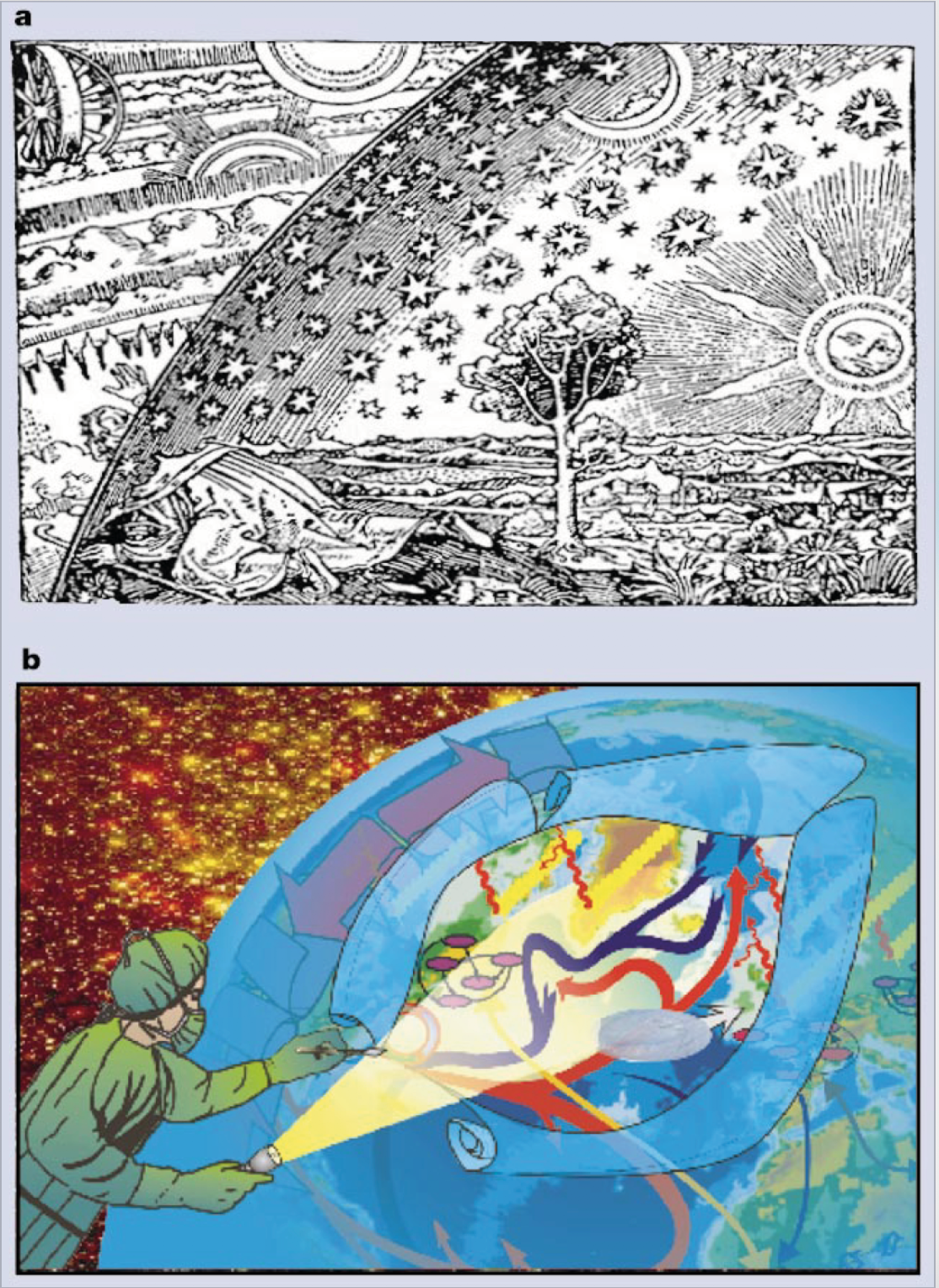
H.J. SCHELLNHUBER: ‘Earth system’ analysis and the second Copernican revolution, 1999
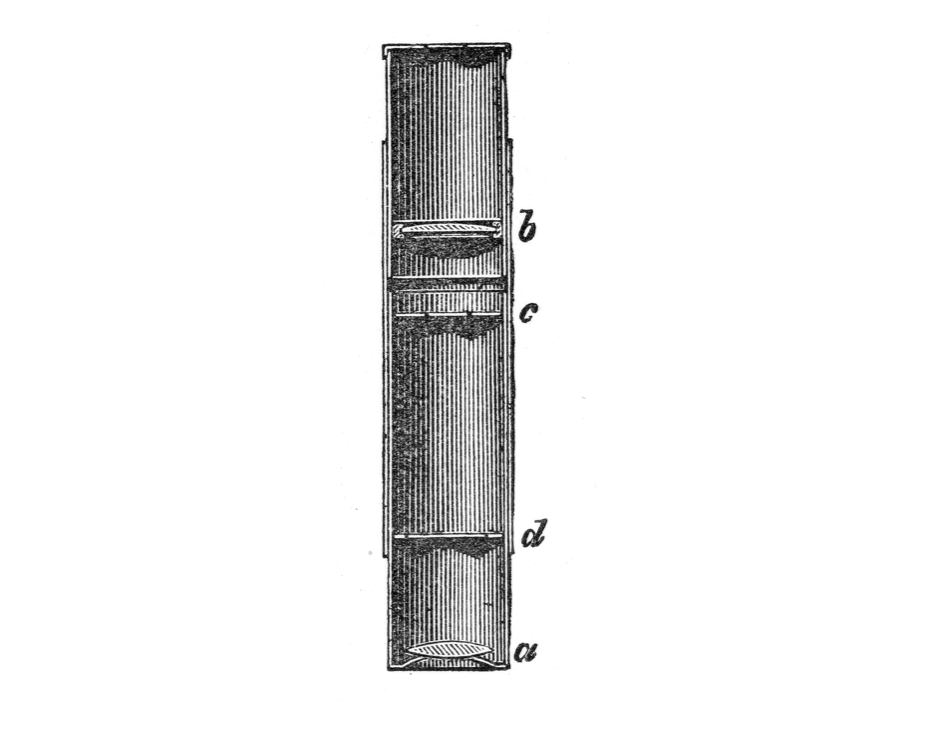
ZACHARIAS JANSEN: First operational microscope, 1608
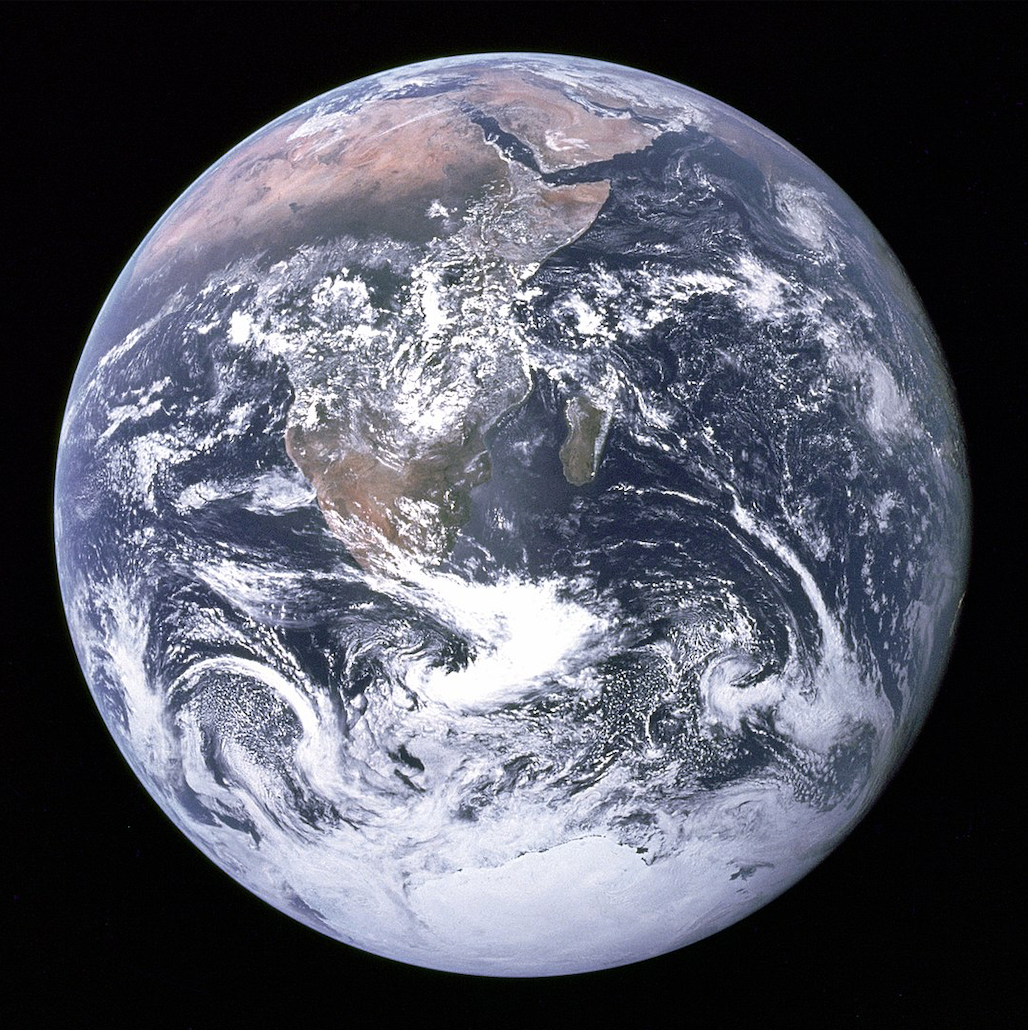
BLUE MARBLE: First image of the earth, 1972
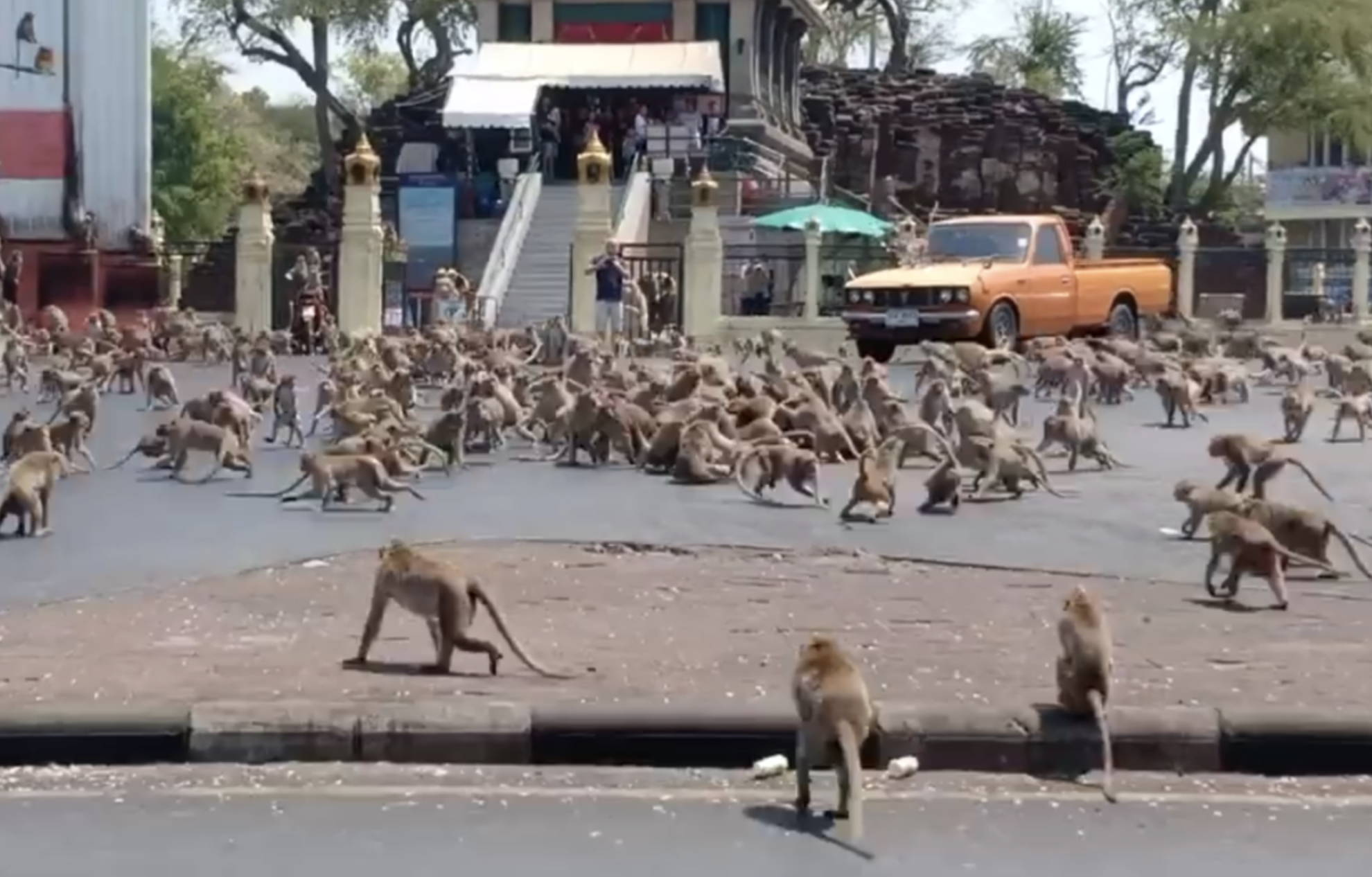
TEMPLE MONKEYS: Hungry monkeys brawl over food as coronavirus hits tourism in Thailand, Lopburi, 2020
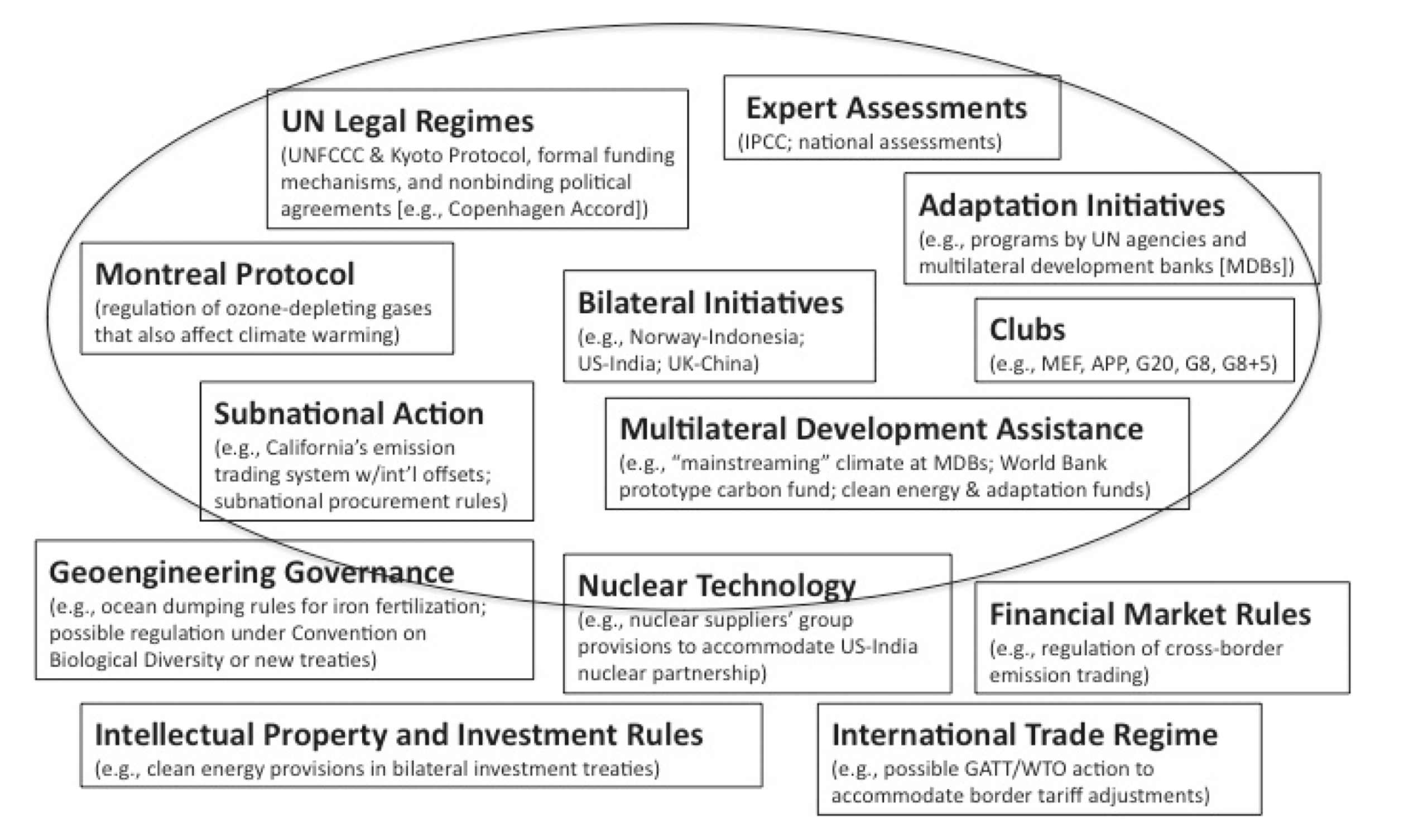
ROBERT O. KEOHANE AND DAVID G. VICTOR, The Regime Complex for Climate Change, 2011
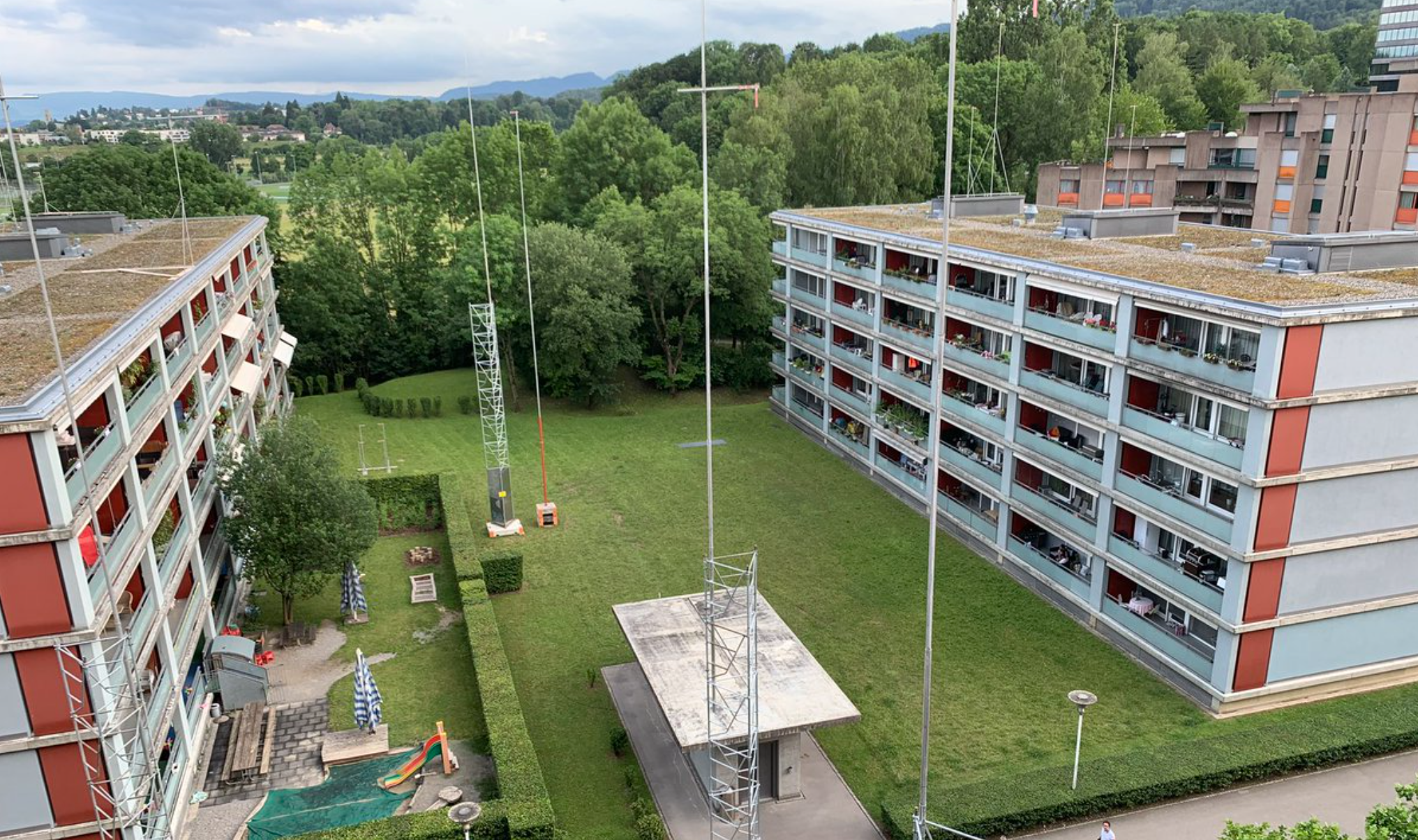
BRUNAUPARK: Existing Structures and new project by Adrian Streich Architects.
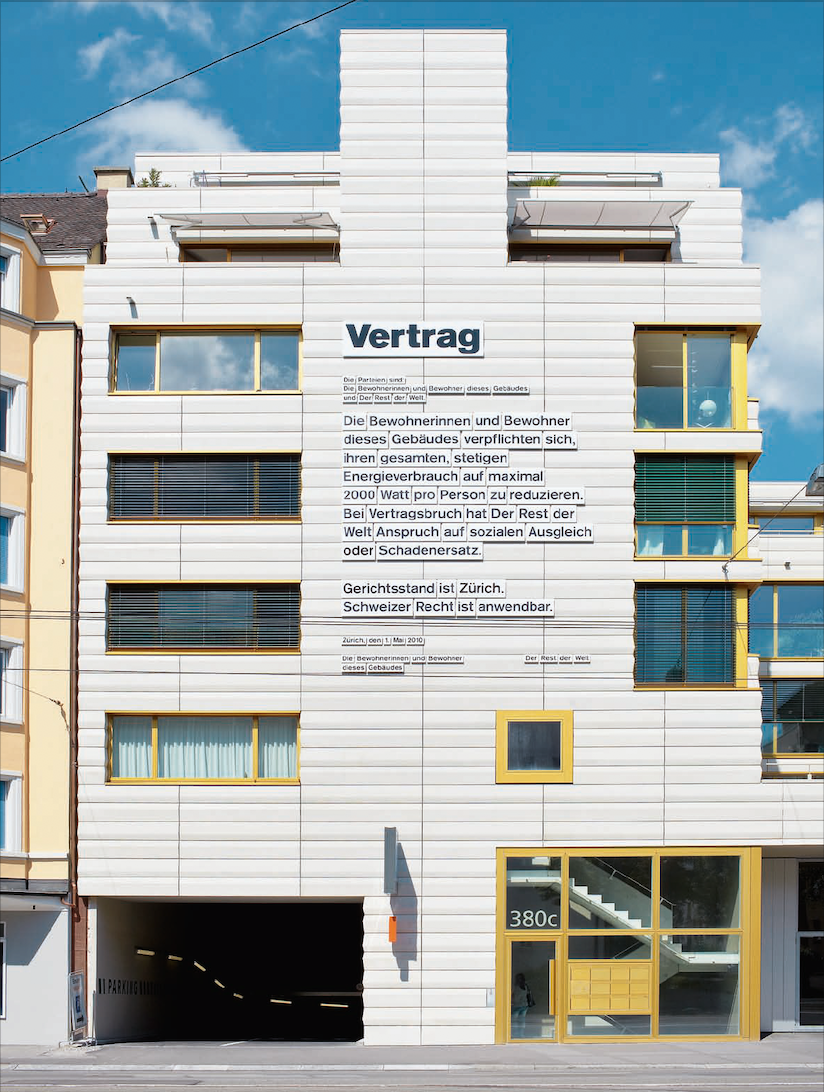
2000 WATT SOCIETY.
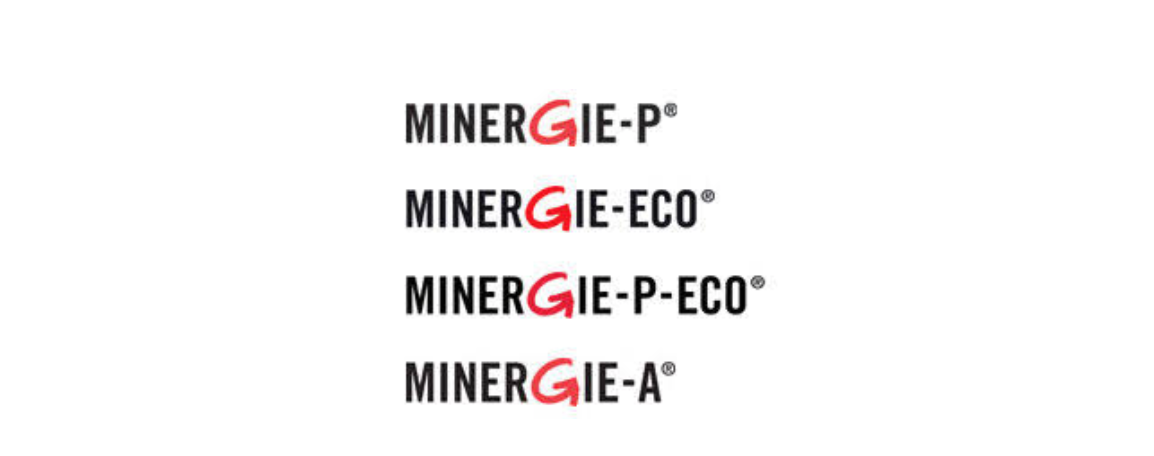
„GREENER“ Minergie Labels
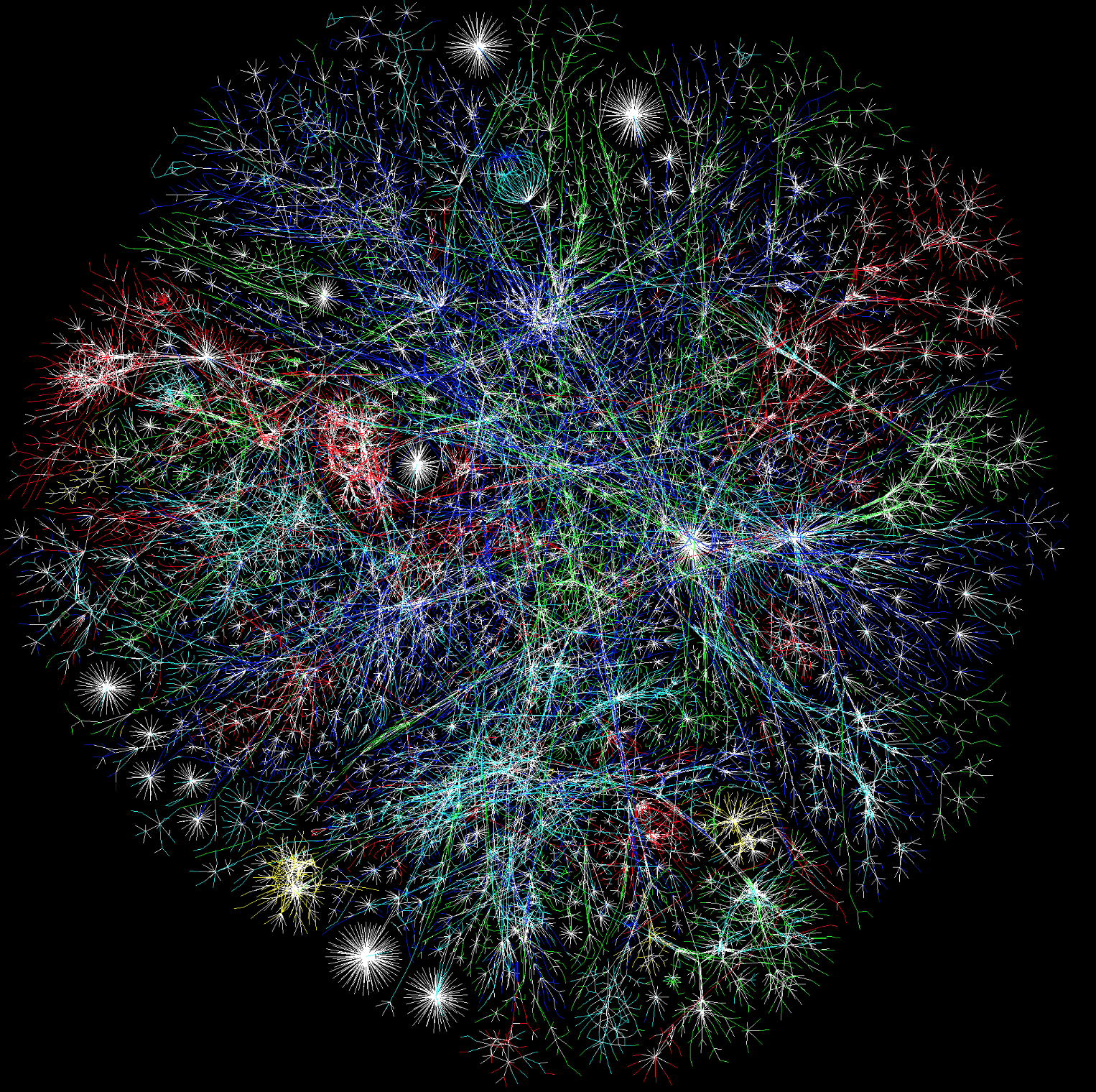
COLLABORATIVE DECISIONS: Partial map of the Internet based on the January 15, 2005








